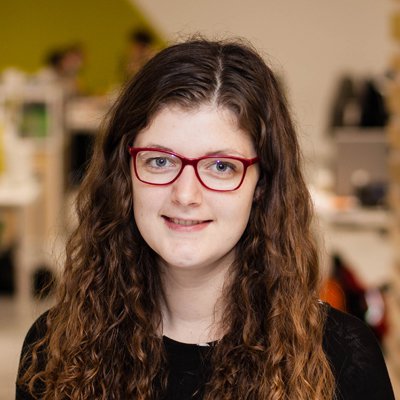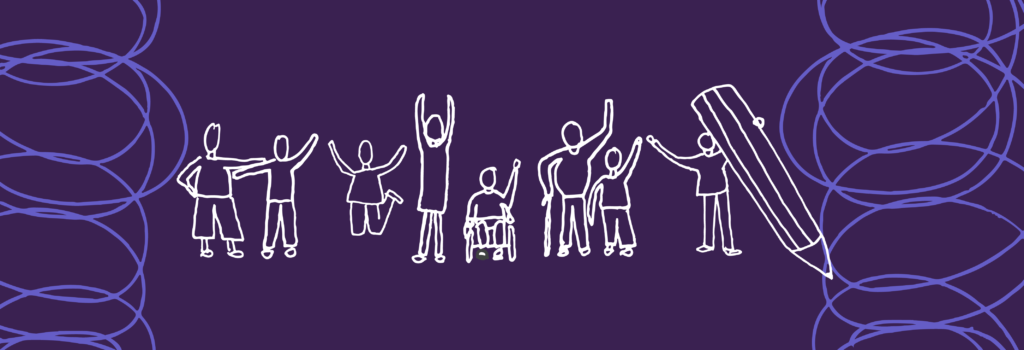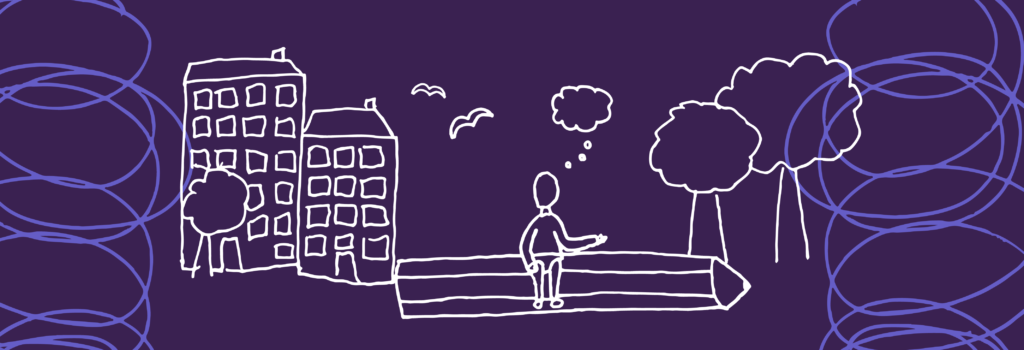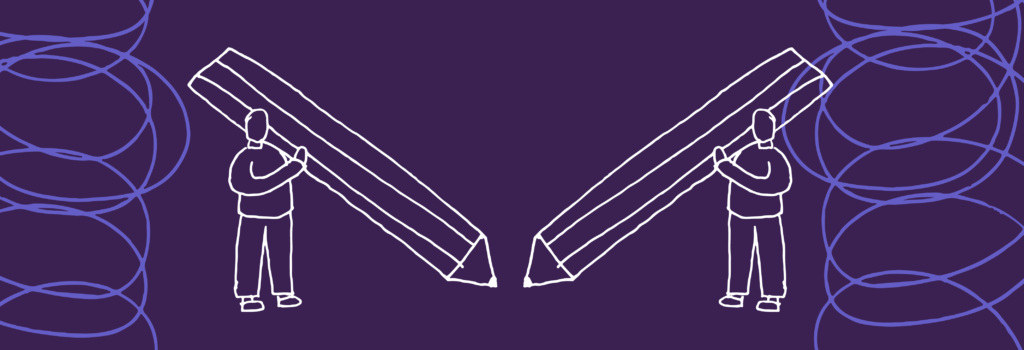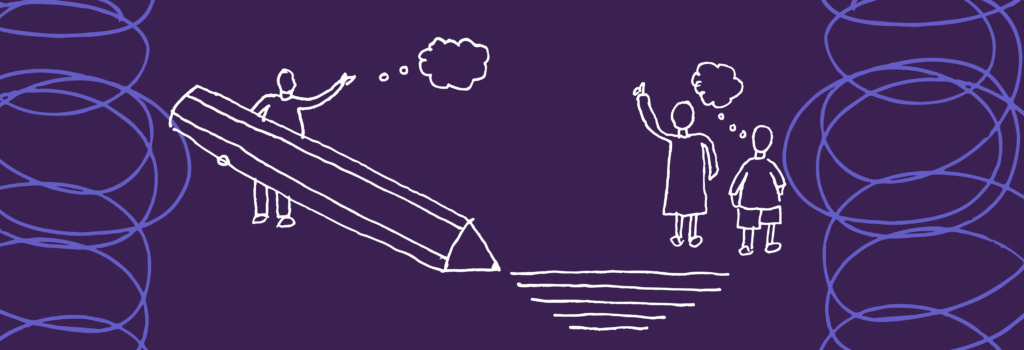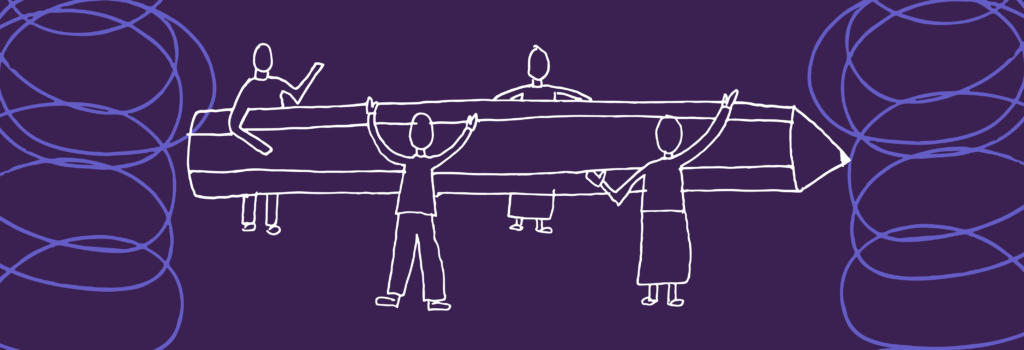Meet Polly, our former Design and Content Editor in the People Powered Results team. Polly’s job was to make our workshops and engagement as accessible as possible, using her visual design skills to explain the complex topics we work on, or create templates so that everyone can participate.
2020 was a year of change for the People Powered Results team. We quickly adapted the way we work in response to Covid-19 and at the same time, Nesta appointed a new CEO and was developing its strategy. As a result of this, People Powered Results became a Nesta owned enterprise. This means we not only continue to support work focused on Nesta’s new missions, but we also continue to work across the UK on issues that are broader than the focus of the Nesta strategy, and important to the public systems and communities that we partner with.
Becoming a Nesta enterprise gave us the opportunity to reflect on what we do, what we believe in, and create a new visual identity, a piece of work that Polly co-led on. Polly’s process used creativity and collaboration from the beginning to the end, resulting in a new look that the team feel represented in, whilst bringing to life the playful, collaborative and adaptive nature of our work. It also connected our team in a time when we were separated, boosting collective energy for the future. In this blog, Polly uses her experience to share 5 tips she’s learnt about creative collaboration.
Tip 1: Start the way you mean to go on…
It takes a bit of time to prepare, but by designing an initial workshop that is heavily creative and collaborative, you are setting your expectations for the rest of your project. Be thoughtful, some people may find creative methods easier than others and it is important to acknowledge that nobody will be judging. They are part of the process, not the final piece.
I launched our visual identity work by designing and facilitating a personification workshop to hear everyone’s views on what we believe in and what we do. Team members created hybrid animals in subgroups that represented what our team stands for. They took their animals to a clothes store before designing their perfect evening. Prompt questions including what their animals would wear, where they’d go, and who they’d go with provided me insights in how the team collectively wanted our identity to look and feel, whilst enabling them to have collaborative discussions in a non-intimidating way.
Tip 2: Take yourself on a design date to reflect, think and be inspired…
After a collaborative session there’s always a lot of information to think through. It’s difficult to come up with new ideas when sitting in an uncreative space with a constant stream of notifications. Better and more diverse ideas come from new experiences, seeing different places and people. So time to plan yourself a design date! This might include people watching in a cafe, looking at shape and styles in shop windows, going to an art exhibition, or to a park. It’s up to you to plan what is useful and what the purpose of it will be; where will you feel most inspired?
My team made it clear they wanted our identity to be more ‘human’, it needed to feel playful and adaptive. I wanted to bring a hand drawn organic style into the work, but it needed developing. I also wanted our future identity to be as representative of as many people and places as possible. Which led to my designer date, walking around London streets being more aware of different people: Shapes, sizes, ethnicities, clothing. And places too: high rise flats, high street shops, office blocks, fancy terraced houses, parks. I took my sketchbook and stopped in cafes and on benches quickly drawing what I saw. This time away from my desk also gave me thinking space to come up with ideas of how to make the next stage of our identity process collaborative.
Tip 3: Help your team to help you…
Giving and receiving constructive feedback is an art in itself and something people have varying levels of confidence with. It is important to recognise at every feedback stage that everyone will have different perspectives and some may contrast one another, it’s the beauty of collaboration. Be clear in explaining you will listen to everyone and then find a healthy middle ground using your own expertise too. Prompt questions or designed prototypes to vote on can help focus team members’ responses. To do collaboration in the most transparent way, building deeper trust, it is also useful to offer reasons behind making decisions.
For our visual identity process, we had three feedback rounds. I provided guidance on how to give clear and concise feedback as well as prompt questions. The team could offer feedback through discussion over zoom, or in an anonymous form. When I gathered the feedback, I created a document that had pages titled: ‘You said, we did’, ‘not now, but later’ and ‘we don’t have an answer to this yet’. This was a living document that outlined the changes made and reasons behind them. It helped the whole team keep track of edits, and better understand why they were or weren’t made.
Tip 4: Use accessibility guidelines
As said in the introduction of this blog, part of my job is to make sure the content our team creates is as accessible and inclusive as possible. I’ve spent a lot of time researching guidelines on designing to meet access requirements, trying to gain more understanding from different perspectives. However, while the internet is a minefield with information that can be useful, it can also offer different or contrasting information. I’ve learnt from chatting to people that everyone experiences things differently and you can do your best by following guidelines, but you can always do better by asking questions, listening and learning. There is always more to learn.
Accessibility was kept in the forefront of my mind when developing our identity. I used my experience from people I’ve worked with, webinars I’ve joined, as well as reading guidelines to better inform decisions including which colours we use or how document templates are laid out. I also created our own identity guidelines and delivered training sessions to everyone in the People Powered Results team to share my learning and increase awareness whilst enabling them to feel confident in creating accessible documents that are on brand.
Tip 5: When collaboration feels hard… keep going!
My last tip is just to say that collaboration is hard, but worth it. It takes a lot of time and energy to design structured workshops that everyone in the team can participate and engage in, and time to make sure everyone feels represented in what you do create. When people can’t attend, it takes time to get them up to speed. And when people give feedback, it takes time to make decisions on the ‘yes’, the ‘later’ and the ‘no’, and find a way of explaining your reasoning in a constructive way.
But when your initial goal was to make sure that your team felt represented in the identity you create, and the feedback you receive at the end tells you that and more, it was worth every second. Just keep going!
